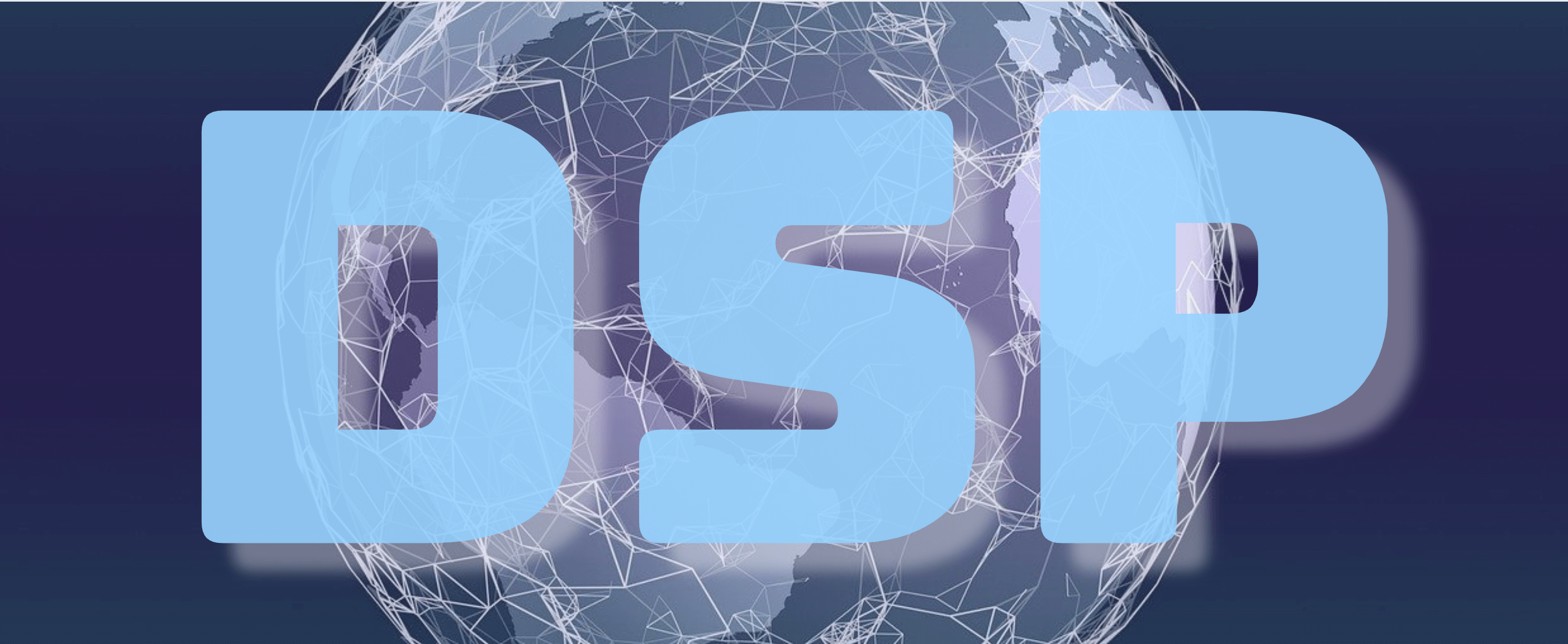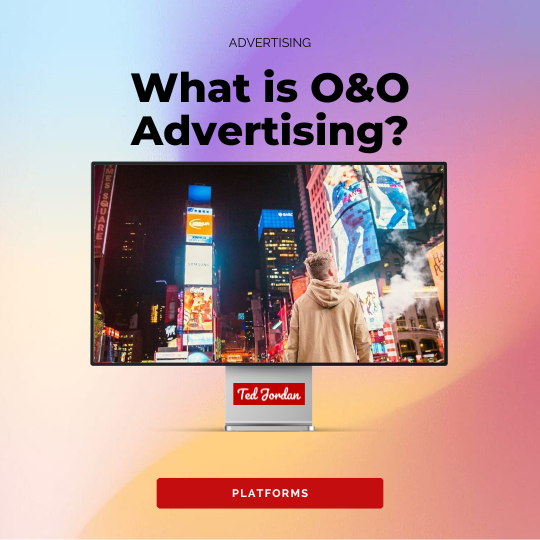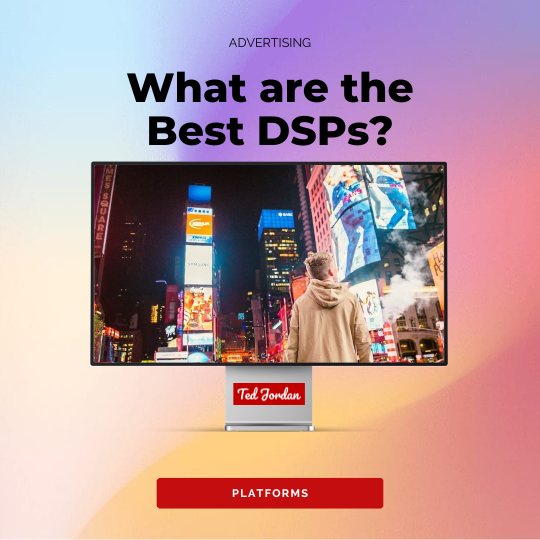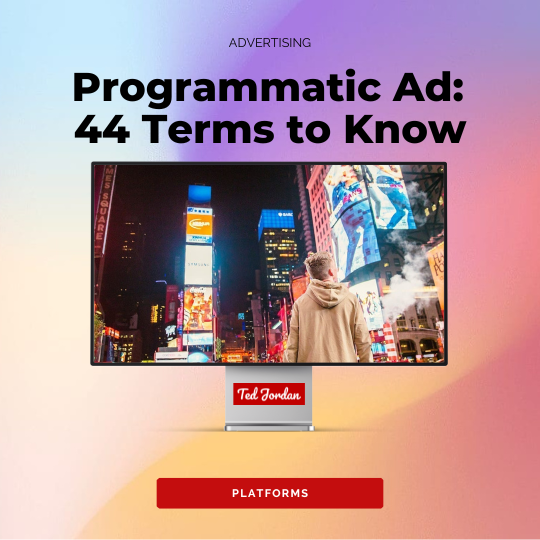
What does DSP stand for in advertising?
What does DSP stand for? This is one of the first questions account managers and strategists ask when they start a career in marketing and advertising. The abbreviation DSP stands for Demand-Side Platform. This term is often associated with SSP, which stands for Supply-Side Platform.
What is a Demand-Side Platform?
A Demand-Side Platform (DSP) is a platform automating the availability and purchase of ad space from various ad exchanges. If you don’t know, ad exchanges are digital marketplaces connecting publishers and advertisers. A DSP allows advertisers profit available inventory from all countries in exchange of platform fees. To buy ad space, advertisers enter auctions automatically.

The most common types of bidding in Programmatic are RTB, PG, preferred deals, etc.
Bidding on DSPs (Demand-Side Platforms) is done in an automated manner, which makes it efficient. Indeed, advertisers and agencies are able to buy inventory from multiple ad exchanges from one platform.
Demand-Side Platform examples
Nowadays, there are plenty of Demand-Side Platforms and it might be difficult to choose which one to use. Here are some examples of DSPs available on the market:
- theTradeDesk (the Trade Desk)
- Amazon DSP
- Xandr
- Display & Video 360 (Google)
- Hivestack
- Zemanta
- BidSwitch
All these platforms have pros and cons. Discover our Top DSPs List for 2025 now!
Types of DSPs
There are 2 main types of DSPs:
- Self-serve DSPs
Advertisers managed themself their campaigns on a DSP. They have complete control over ad buying, targeting, inventory, etc. It’s recommended for proficient users in programmatic advertising and digital marketing.
If a user is not experienced in programmatic advertising, we recommend joining a Programmatic online course to learn the intricacies of programmatic. - Managed DPSs
Managed DSPs (also called full-service DSPs) are usually more expensive but come with a strategic team to help advertisers manage their marketing campaigns. These experts may also manage campaigns for advertisers and agencies. The team can include an account manager, an account strategist or a platform specialist.
Why use a DSP
There are plenty of advantages of using a DSP (Demand-Side Platform) to manage marketing campaigns. One of the main reasons is the advanced technology used by the platform to deliver ads where and when it’s best for the business. This makes it cost efficient. Thanks to effective software, ads can be shown or delivered to specific audiences; these audiences are the ones converting the most.
Targeting plays an important role in successful campaigns. That’s why using a DSP is great: you can access 1st party and 3rd party data directly from the platform.

It’s also possible to deliver, at the same time, ads using different formats such as native, display, DOOH (Digital Out-Of-Home), audio, etc.
Some other important features available on DSPs are planning tools, performance management, studies access, support, real-time reporting, A/B tests, etc.
Our thoughts on DSPs
DSPs, or Demand-Side Platforms, are great tools to manage programmatic campaigns efficiently and with no headache. The understanding of this technology and proper training are essential to transform campaigns from basic to self-money-making ones.
DSPs can be used by small businesses and agencies: how you use DSPs make a difference with your campaigns performances. Knowing how to set up campaigns and how to optimise them is a must. We are happy to help you navigate this complex landscape by managing your campaigns or by sharing our expertise on this matter.
DSP FAQ
Here are some recurring questions from our audience:
A mobile DSP is a platform focusing on mobile ad space only.
Yes, Google’s Video & Display 360 is a DSP but with the exception of being able to purchase ad space from its inventory only.
Facebook’s Ad Manager is a DSP selling its inventory with Instagram inventory too.
Check our Top DSPs of the year now!
A DSP lets advertisers buy ad space from publishers efficiently while an SSP allows publishers to sell their inventory to advertisers at the highest price possible (auctions are involved).




